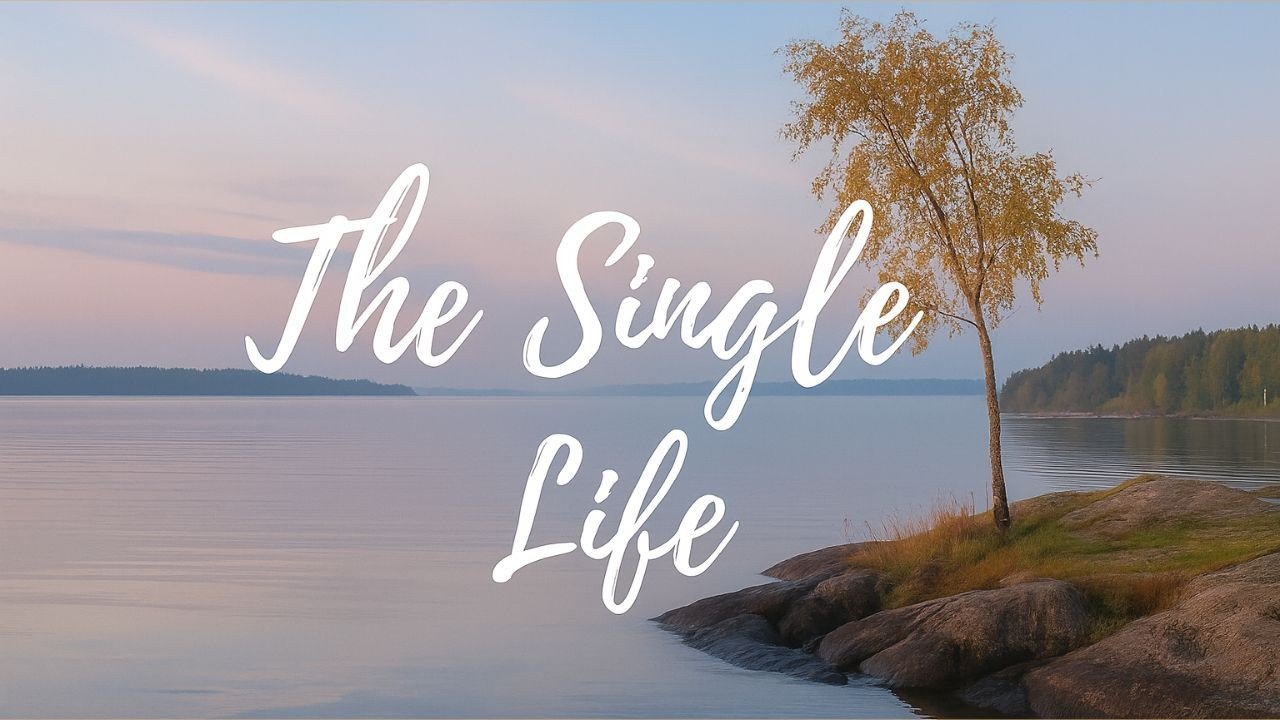What “Single Life” Really Means Today
When most people hear the words single life, their minds often jump to one of two extremes: either the picture of total freedom or the image of loneliness. But the truth is far more nuanced. Living single today isn’t just about whether or not you’re in a romantic relationship—it’s about how you create, sustain, and enjoy your life on your own terms.
For many, this stage comes after a major change: a breakup, divorce, or even moving to a new city alone. For others, it’s a deliberate choice to prioritize independence, career goals, or personal growth. Whatever brings you here, the single life isn’t something to “get through.” It can be one of the richest, most rewarding chapters of your life if you learn how to embrace it fully.
The Emotional Side of the Single Life
One of the biggest hurdles people face in the single life is the emotional adjustment. Without a partner at home, you may feel the silence more sharply, especially in the beginning. This is natural. Humans are wired for connection, so it makes sense to feel unsettled when routines shift.
But here’s the thing: solitude and loneliness are not the same. Solitude can be empowering—it gives you the space to hear your own thoughts, discover your preferences, and choose your daily rhythm. Loneliness, on the other hand, is a longing for connection. The single life teaches you how to tell the difference and build healthy responses to both.
If you’re struggling with loneliness, you might find comfort in my post on Feeling Lonely After a Breakup, which explores practical ways to heal and regain emotional strength.
Financial Freedom and the Single Life
The single life doesn’t just impact your emotions—it also changes your finances. Living alone often means taking on the full weight of rent, groceries, and bills by yourself. At first, this can feel overwhelming, especially if you’re transitioning from splitting costs with a partner or roommates.
The good news? With the right mindset and systems, living solo can be a financial advantage. You’re free to create a budget that reflects your priorities. No compromises about what to spend on or what to save for.
If you’re wondering how to make it work, check out How to Afford Living Alone and Can I Afford to Live on My Own. These guides walk through real numbers, budgeting tips, and strategies for stretching your money without feeling deprived.
With careful planning, the single life can be your stepping stone to financial independence.
Lifestyle Benefits of Going Solo
Beyond money, one of the greatest gifts of the single life is the freedom to create a home that reflects you. No compromises about furniture, schedules, or even what’s for dinner. This independence opens doors to a life of authenticity and self-discovery.
You set the mood, the routines, and the energy of your space. Want to start your morning with yoga in the living room? Do it. Want to turn your kitchen into a test lab for new recipes? Nobody’s stopping you.
The single life gives you the chance to design your environment in a way that supports your well-being.
If you want to see more about this, my post on 10 Surprising Benefits of Living Alone explores how these freedoms stack up into something truly powerful.
Challenges of the Single Life (and How to Overcome Them)
Of course, the single life isn’t always picture-perfect. You may hit moments of stress, like coming home after a long day to a quiet apartment or managing every household task by yourself. These challenges are real, but they aren’t deal-breakers.
The key is to prepare for them with strategies that work. If loneliness creeps in, don’t ignore it—address it. Cultivate hobbies that connect you with others, lean on friendships, or start small traditions that bring joy into your days.
For more practical advice, you can read Tips for Living Alone Without Feeling Lonely. It’s full of gentle, realistic ways to turn those quiet evenings into meaningful time.
How to Thrive in the Single Life
Thriving in the single life means more than just surviving—it means embracing independence as a gift. Here are some ways to make the most of it:
- Create intentional routines. Build habits that make you feel centered, whether that’s morning journaling, evening walks, or meal prepping on Sundays.
- Invest in self-discovery. Try new hobbies, explore your city, or take a class you’ve always wanted to try.
- Strengthen your social circle. Independence doesn’t mean isolation. Reach out to friends regularly, join groups, or volunteer to build connections.
- Celebrate your wins. Every milestone you hit—whether it’s paying off a bill on your own, cooking a new recipe, or decorating your space—is proof of your strength.
The single life is an invitation to learn who you are without compromise.
Final Thoughts: Turning the Single Life Into Your Strength
The single life isn’t a gap you have to fill—it’s a chapter worth embracing. It’s about building a life that reflects your values, routines that support your well-being, and connections that enrich your days.
Yes, there will be challenges. But each one is an opportunity to grow in confidence, self-reliance, and resilience.
By leaning into both the freedom and responsibility of living solo, you’ll discover that the single life isn’t just something you get through—it’s something you can thrive in.
